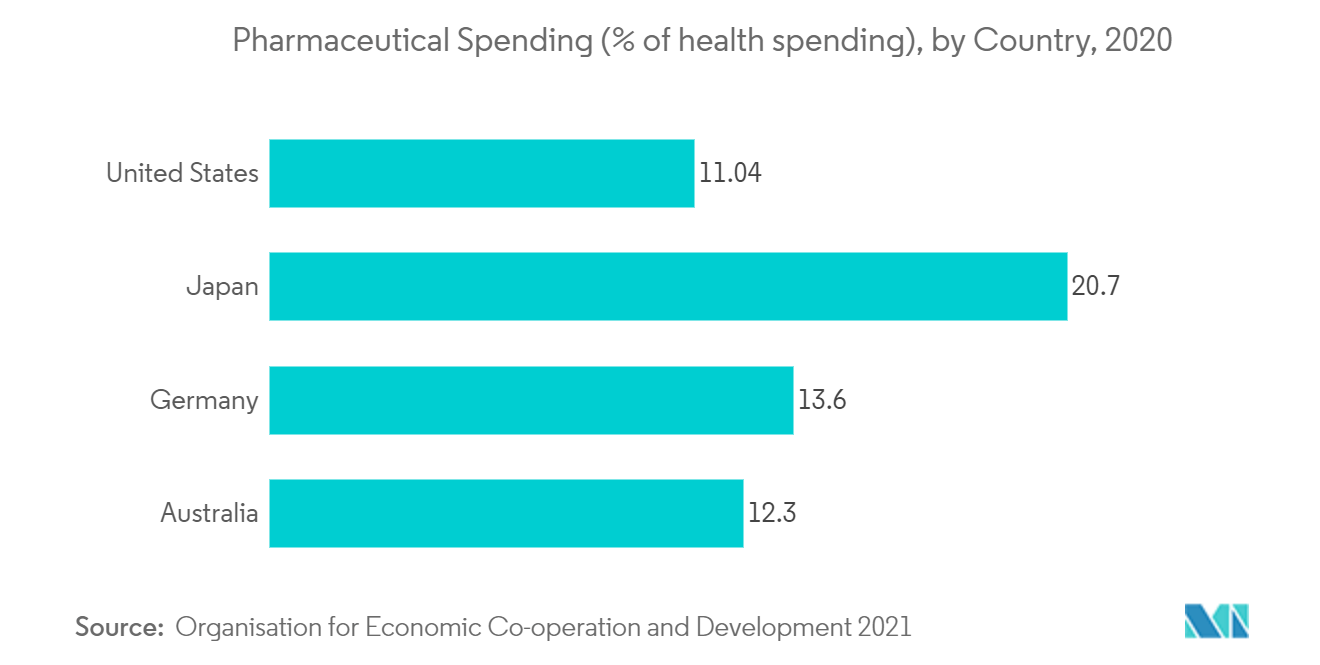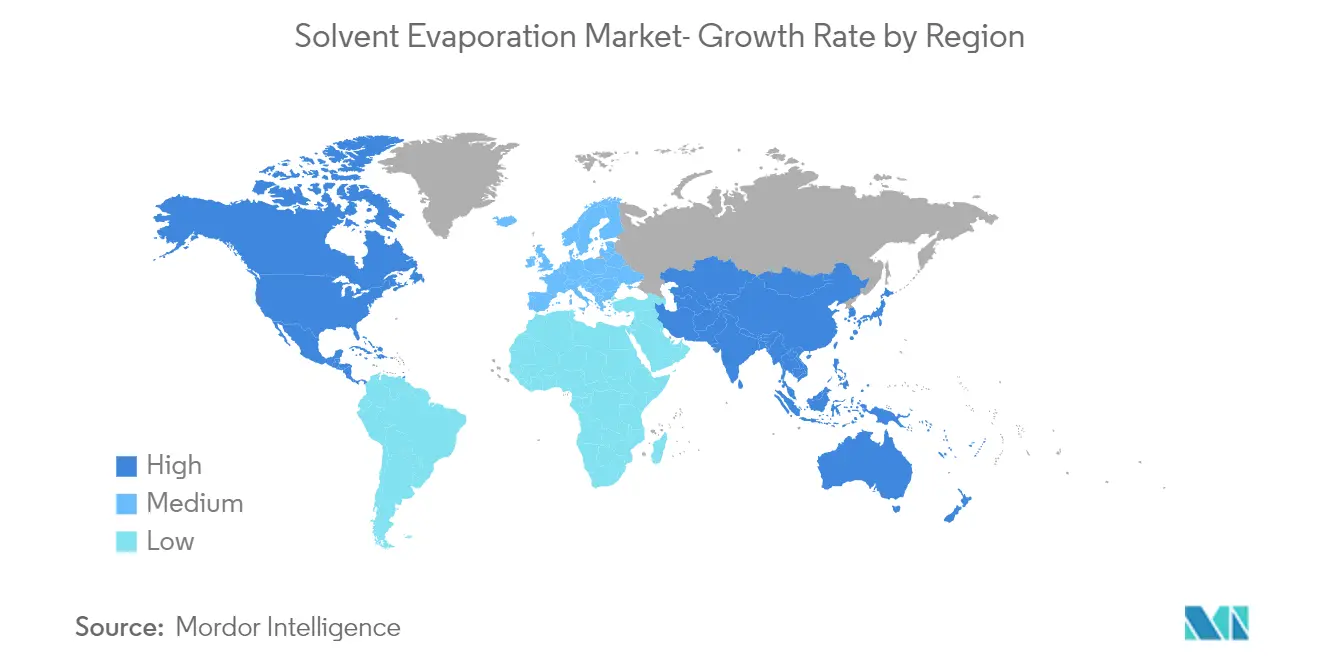Market Trends of Global Solvent Evaporation Industry
This section covers the major market trends shaping the Solvent Evaporation Market according to our research experts:
Rotary Evaporator in Solvent Evaporation Market is Estimated to Witness a Healthy Growth in Future.
A rotary evaporator is estimated to witness healthy growth in the future due to the increasing demand for pure samples in the pharmaceutical and biotechnology industries and its wide application in food technology, environmental engineering, and diagnosing laboratories. These rotary evaporator plays a major role in the efficient extraction of solvent through evaporation which is an important step in developing pure samples in several industries. The increasing R&D expenditures worldwide may also propel the solvent evaporation market due to several benefits associated with this technique. For instance, as per the 2020 report published by India Brand Equity Foundation (IBEF), Indian pharma companies spent around 8.5% of their revenue on research and development during 2020. With high R&D, new technologies in solvent evaporation may evolve which is believed to fuel the market growth.
In the search for novel therapies, rotary evaporation is utilized for synthesis, development, sample preparation, solvent recycling, and scale-up production. The technological advancements in the rotary evaporators are enabling ease of pharma production. For instance, high automation is one of the leading features of rotary evaporators that can offer reliability and convenience in the pharma R&D laboratory. For instance, BUCHI India Pvt. Ltd, a company operating in this business provides a Rotavapor R-300 rotary evaporator which is highly advanced. This evaporator can provide a sample throughput of 4 to 96 samples per batch with sample amounts ranging from 1 to 500 ml per sample.
Hence, with the availability of technologically advanced rotary evaporators and the rising need for the same across the pharma industry, the segment is expected to witness strong growth over the forecast period.

North America is Expected to Hold a Significant Share in the Market and Expected to do Same in the Forecast Period
North America is expected to hold a significant market share in the global solvent evaporation market due to increasing R&D expenditure, rising growth in biosimilars and generics markets, increasing healthcare expenditure, and the presence of a well-established healthcare infrastructure. Moreover, the United States is the largest market for biopharmaceuticals. It is the world leader in biopharmaceuticals R&D. As per the Pharmaceuticals Research and Manufacturers Association (PhRMA), the United States holds the most R&D centers worldwide in the pharmaceutical sector. As per the PhRMA Annual Membership Survey conducted in 2022, the United States spent approximately USD 102 billion during the year 2021 which is 8.7% more than that of the year 2020. Thus, the increasing number of pharmaceutical manufacturers is expected to boost the demand for this technique and further drive the market studied in the North American region.
Some of the key companies operating in the solvent evaporation business across North American countries include Labconco Corporation, Biotage AB, Organomation Associates, Inc., and Raykol, among others. With the high adoption of the technology in the United States and Canada, solvent evaporation equipment is becoming more advanced which is fueling the market growth in the region.
Hence, with the above-mentioned factors, North America is expected to dominate the global solvent evaporation market over the forecast period.

